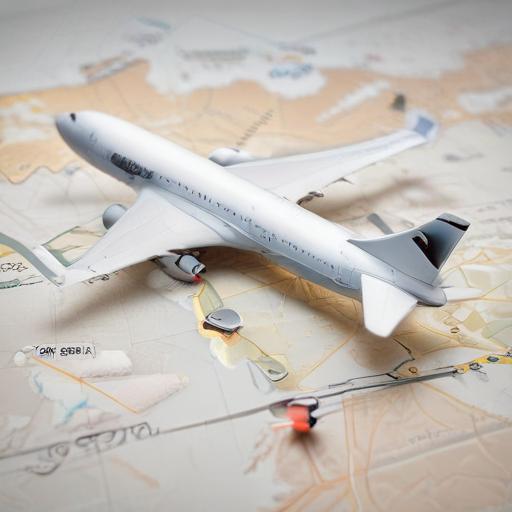Scoot expands its network with new routes to Chiang Rai, Okinawa and Tokyo Haneda, while Akasa Air and AirAsia X push further into international markets
Singapore Airlines’ low-cost subsidiary Scoot announced a trio of new destinations as part of a broader push to boost capacity ahead of the year-end and new year travel season. The airline will begin five weekly flights to Chiang Rai, Thailand, on January 1, 2026, using Embraer E190-E2 aircraft. Okinawa, Japan, will see three weekly flights starting December 15, 2025, operated with Airbus A320 family aircraft. Daily services to Tokyo’s Haneda airport start March 1, 2026, aboard Boeing 787 Dreamliners.
With these additions, Scoot’s network will grow to 76 destinations across 18 countries and territories, including Singapore, and the airline will operate 111 weekly flights to Thailand and 45 weekly flights to Japan. In addition to the new routes, Scoot will increase frequencies on existing services to meet expected year-end and early-2026 demand. Highlights include more frequent services within Southeast Asia to Bangkok, Ipoh and Chiang Mai; North Asia services to Tokyo Narita (via Taipei) and Sapporo (via Taipei); and expanded links between Singapore and Taipei. There will also be more weekly flights to Jeju and a modest increase in Vienna from March 2026.
In other market moves, Akasa Air will become the sixth international destination for the Indian carrier with Phuket, Thailand, joining the network. Starting September 20, 2025, Akasa will operate daily Mumbai–Phuket direct flights, marking the airline’s first foray into Southeast Asia. The move aims to strengthen India–Thailand travel ties and broaden options for Indian travelers seeking beach destinations, while providing convenient morning and evening departures to accommodate different schedules. Akasa Air’s co-founder and Chief Commercial Officer, Praveen Iyer, underscored the airline’s ambition to build a holistic international network and capitalize on outbound tourism from India.
AirAsia X also announced a new Europe-focused route, launching Kuala Lumpur–Istanbul services via Singapore. The four weekly flights will begin on November 14, 2025, operating from Istanbul Sabiha Gökçen International Airport (SAW). The route represents AAX’s entry into Europe, offering a more affordable option for travelers and creating a strategic gateway between Southeast Asia and Europe. CEO Benyamin Ismail framed Istanbul as a bridge city that connects Asia and Europe through affordable, medium-haul travel, while highlighting Fly-Thru connections from Singapore for travelers heading to Istanbul.
Context and potential implications
– The wave of new routes and increased frequencies signals sustained demand for international travel in the Asia-Pacific region as carriers rebuild networks post-pandemic.
– Scoot’s expansion to Chiang Rai, Okinawa and Tokyo Haneda strengthens Southeast and East Asian connectivity, complementing its existing hub structure and providing more choices for holidaymakers.
– Akasa Air’s Phuket service marks a notable extension into Southeast Asia, leveraging a popular holiday destination to broaden India’s international footprint.
– AirAsia X’s Istanbul route demonstrates the carrier’s strategy to create multi-continental connectivity through affordable, long-haul options, linking Southeast Asia with Europe via a transcontinental gateway.
– Overall, the developments point to intensified competition among low-cost carriers and greater travel options for passengers seeking value and convenience across Asia, with spill‑over effects for tourism and regional business ties.
Summary
Three airlines announce substantial network expansions: Scoot adding Chiang Rai, Okinawa and Tokyo Haneda; Akasa Air launching daily Mumbai–Phuket; and AirAsia X opening Kuala Lumpur–Istanbul via Singapore. The moves reflect growing demand for international travel and a push to connect Asia with Europe and Southeast Asia through affordable, mid-haul options.
If you’d like, I can tailor this into a concise WP-ready post with a suggested headline, writer’s notes, and social-media blurbs. Additional value could include a quick travel advisory section (visa considerations, luggage policies, best booking windows) based on current industry norms.
